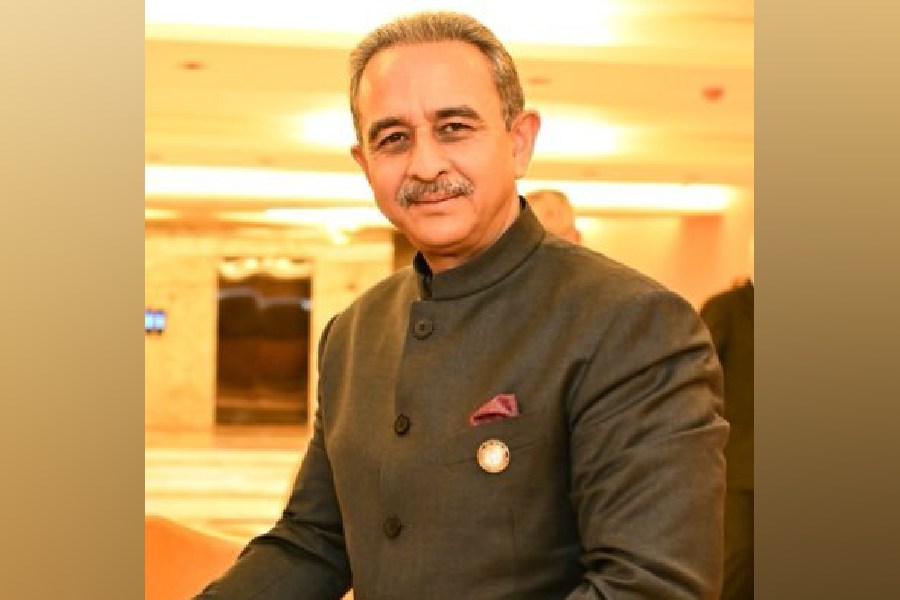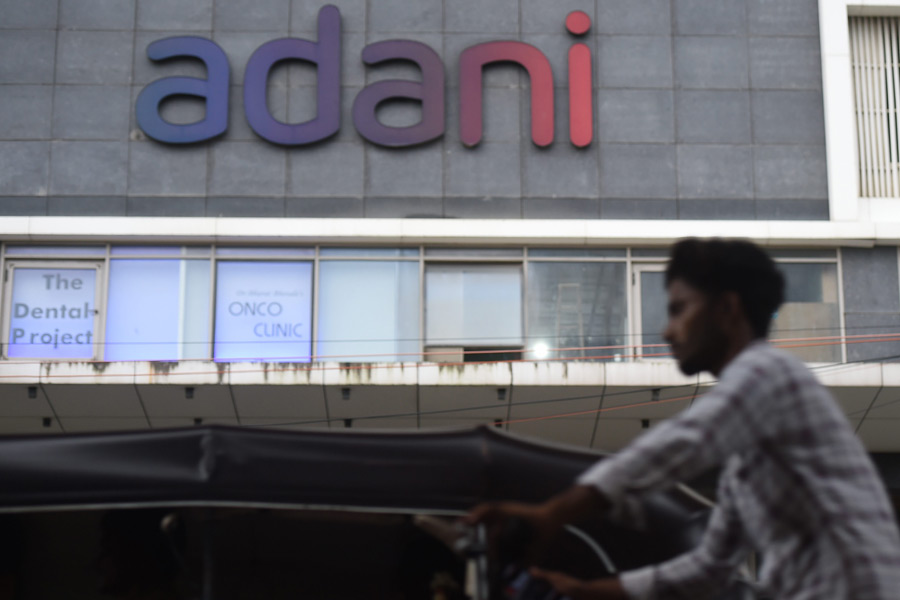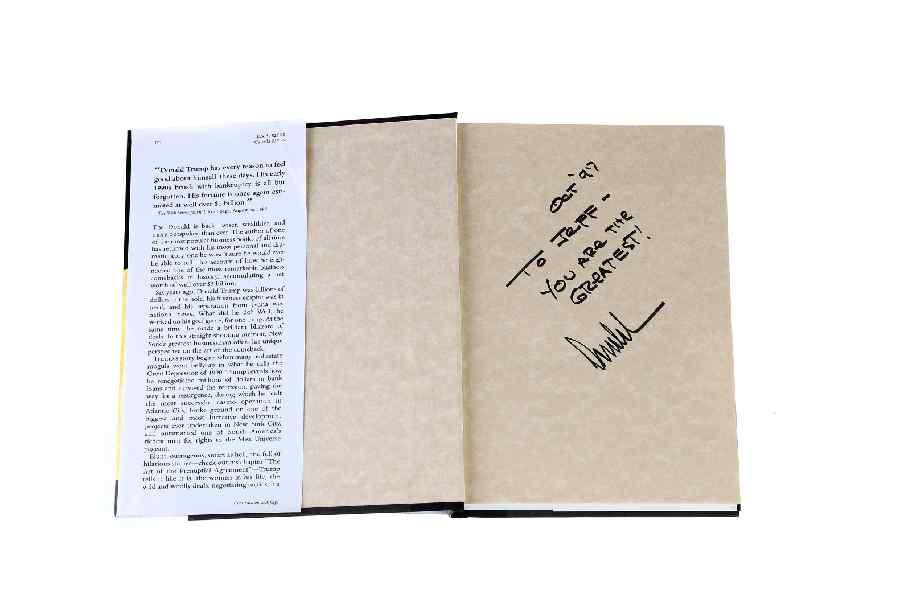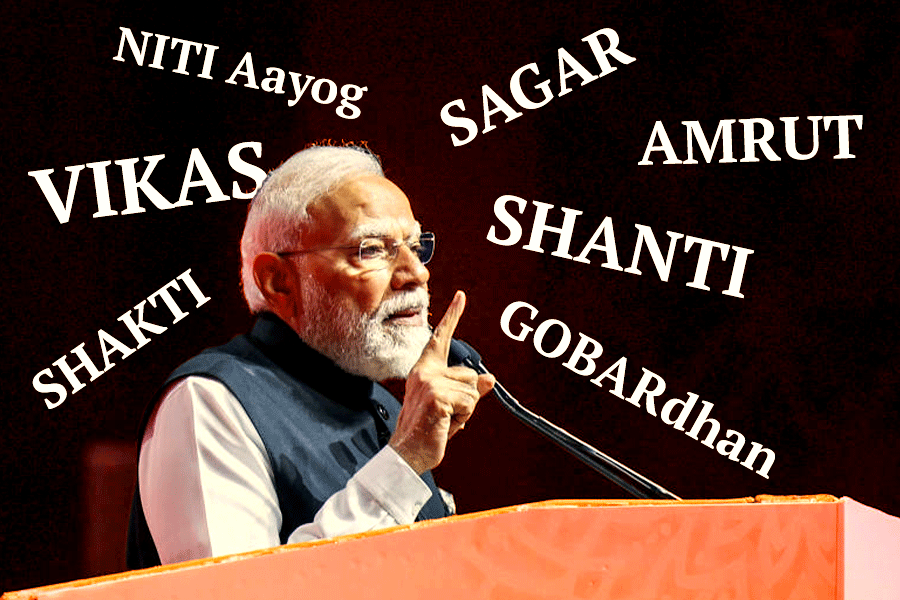 |
| Pragyasundari Devi |
 |
| Indira Devi Choudhurani |
 |
| Purnima Thakur |
Towards the end of the 19th century and the start of the 20th century, while literature and painting flowered in the Tagore household, the kitchen too was a hub of activity. Women, besides trying their hand at writing, painting and music, were cooking various Indian and foreign dishes.
In Chitra Deb’s seminal work Thakurbarir Andarmahal, we get to know how the women learnt and cooked traditional fare like Jhuni Rai-er (ripe mustard seeds) Jhaal Kasundi, Amsatwa, Narkel Chirey etc.
Rabindranath Tagore’s wife Mrinalini used to prepare various types of sweets. She was well-known for her Mankochur Jilipi, Doi-er Malpoa, Paka Aam-er Mithai, Chirer Puli.... Encouraged by his wife’s culinary expertise, Tagore himself experimented in the kitchen, perhaps not always with satisfactory results.
His elder brother and Debendranath’s fourth child (Rabindranath was the 14th), Hemendranath’s wife Neepomoyi too cooked well. But it is their daughter Pragyasundari Debi who stands out. She not only discovered new dishes, she also made the effort to write down the recipes and publish them, a practice in those days only among European women like the famous Mrs Beeton who wrote a book of household management.
According to the introduction to the newly edited version of Pragyasundari Debi’s Aamish Niraamish Aahar, written by her granddaughter Ira Ghosh, it was Pragyasundari’s husband, Assam’s literary giant Laxminath Bezbaruah, whose encouragement made her publish the first volume, exclusively on vegetarian fare, about 111 years ago.
Pragyasundari did not believe in wasting any part of a vegetable and found uses even for potato skin and potol seeds. According to Ghosh, she is said to have contributed to the invention of the icmic cooker and Indubhushan Mullick had offered to take out the patent in her name but she refused. In the preface to the second edition, Pragyasundari mentions adding a few recipes suitable for users of the cooker.
She also introduced the concept of menu cards in Bengal, often naming some dishes after family members, like Dwarakanath Firnipolau, Rammohun Dolma Polau etc.
That she was a cook with a practical approach is brought out by some of her observations in her own introduction to the first edition. She writes: “Spending a lot of money is no guarantee for good food. Some things will not be so by spending two rupees as it will be by spending two annas. Expenses are meaningless unless the cooking process is known (translated).” In the magazine Punya, while editing which she got interested in recipe compilation, Pragyasundari even mentioned the market rates of the ingredients. An egg cost a paisa, 20 tomatoes two annas….
She also had an eye for health. “Though in our land, it is customary to serve pulao towards the end, in a recipe book it is wrong to place it there. Actually, pulao is cooked in ghee and therefore hard to digest. It is better not to have it late into a meal.”
After two volumes on vegetarian dishes, she published a third on non-vegetarian fare, in 1907.
Kshirodchandra Roychowdhury, the publisher, gives testimony to her cooking prowess. “One day, we visited Pragya’s home unannounced, with a view to put her skills to test. Her husband was not in. There was nothing but milk at home. Within half an hour, Pragya prepared four-five types of dishes and served us. I could not make out how she could make curd out of the milk in such a short time. She said it could be done with China grass. She loved to keep her secrets and had cheated us many a time. So I couldn’t be sure if that was so. In fact, of the numerous times we have been invited at Pragya’s house never has she served the same dish twice.”
Mention must also be made of Rabindranath’s favourite niece Indira Devi Choudhurani, the daughter of Debendranath’s second son Satyendranath Tagore, who maintained an exercise book of recipes. The khata was inherited by Purnima Tagore, daughter of Debendranath’s eldest grandson Dwipendranath’s daughter Nalini Devi and wife of Satyendranath’s descendant Subirendranath. “Naw Ma (Indira) never entered the kitchen leave alone cook, but whichever dish she liked she used to note down how it was cooked,” Purnima wrote in the introduction to her book Thakurbarir Ranna.










